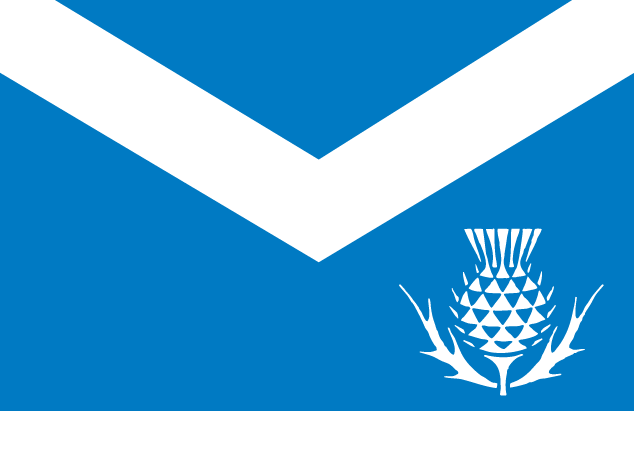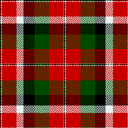Clan Macnachtan
Clan Macnachtan Association Worldwide History
The Macnaghtens are one of the clans who claimed descent from the great Pictish rulers of Moray. The name Nechtan, which may mean "pure" or "clear," was popular in at least one branch of the Pictish royal line. In the thirteenth century there are records of three brothers, Gilchrist, Athe and Gilbert, the sons of Malcolm Macnachten. Gilchrist received from Alexander III a charter in 1267 granting him the keepership of a castle warding the narrow Pass of Brander, the gateway to the west.
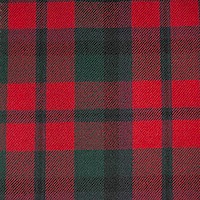 Strathmore Tartan
Strathmore Tartan By coming to Loch Awe, the Macnachtens became neighbours of the powerful and acquisitive Campbells. When Robert the Bruce set out to gain the throne, the Campbells were quick to come to his support while the Macnachtens, under the influence of Macdougalls, opposed him. Macnachtens formed part of the Macdougall host that fought against Bruce's army at the Pass of Brander in 1306, and later at Dalrigh near Tyndrum. The Macnachtens appear to have changed their allegiance and a Baron Macnachten, possibly Alexander of that Ilk, is recorded fighting at Bannockburn in 1314. The Macnachtens gained little from their late change of heart, and from that point on the Campbells dominated Loch Awe. Alexander, the chief who may have fought at Bannockburn, took for his second wife Christina Campbell. When she was widowed in 1361, Christina granted to her cousin, Sir Colin Campbell of Lochow, her marriage portion of one third of the Macnachten lands. Alexander's son, Duncan, succeeded to the remaining lands. He made his seat at Dunderave, which was thereafter the territorial designation of the chiefs. In 1478, Duncan's heir, Alexander, acknowledged the Campbell Earls of Argyll as feudal superiors and accepted a charter to his lands from the earl's hands. His grandson, yet another Alexander, was knighted by James IV and followed the king to Flodden in 1513, where he was one of the few survivors. He died two years later. He had married twice and had six sons, the eldest of whom succeeded his grandfather in 1527. The second son, Ian, acted as tutor to his nephew and was the father of Ian, or John, Dhu, who may be the "Shane Dhu" credited with founding the Irish branch of the family.
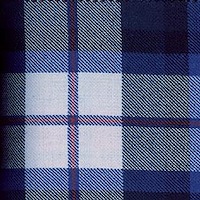 Dress Tartan
Dress Tartan In 1548 Gilbert Macnachten succeeded as chief. When he died without issue, the succession devolved upon his younger brother, Alexander. He started the rebuilding of Dunderave Castle on Loch Fyne and it was completed by his son, lain, in 1596. In 1627 the Macnachten chiefs raised a force of bow-men to go to the siege of La Rochelle to assist the French Huguenot rebels in their fight against Cardinal Richelieu, effective ruler of France. The chief was in high favour at the court of Charles I, and served as a Gentleman of the Privy Chamber. However, the expense of the French expedition and the extravagance demanded by living at court forced Macnachten to mortgage his lands.
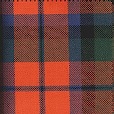 Ancient Tartan
Ancient Tartan Muted Tartan
Muted Tartan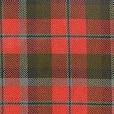 Weathered Tartan
Weathered TartanAlexander died in 1630, followed shortly afterwards by his childless heir, leaving Dunderave in the hands of Alexander's brother, Malcolm of Killearn. Malcolm's son, Alexander, was a fervent royalist, and when he succeeded to the chiefship he called out his clansmen, accompanied by Argyll's son, for the abortive rising against the Cromwellian occupation led by the EarI of Glencairn in 1653. The expedition was sheer folly, and earned Macnachten the enmity of Argyll. He was knighted after the Restoration in 1660, but through Argyll's influence he was later denounced as an outlaw. The lands were almost entirely lost through debt, and lain, the next chief, who succeeded in 1685, inherited little more than an empty title. He joined the forces of Graham of Claverhouse, the "Bonnie" Viscount Dundee, fighting for James VII at Killiecrankie in 1689. He was denounced as a Jacobite rebel, and his remaining lands were forfeited. His younger son, John, was the last chief of this line. He was forced to make a formal disposition of the remainder of the estate in 1710 to Sir James Campbell of Ardkinglas. He died leaving no legitimate heir.
John Macnaughten, known as "Shane Dhu," appeared in Ireland as secretary to his kinsman, the Earl of Antrim, in 1580. On the extinction of the Dunderave line his greatgrandson, Edmond, was pressed to become chief. He declined, but his son, Edmund Alexander, was recognised as chief in 1818. When he died in 1832 he was succeeded by his brother, Francis, who was a judge in Madras and Calcutta. He was created a baronet in 1836. Sir Edward, fourth Baronet, was a distinguished lawyer who became a Lord of Appeal in 1887 with the life peerage of "Baron Macnaghten of Runkerry." He was succeeded by his son, Sir Edward, whose sons both succeeded to the title, but were killed in the First World War. Sir Francis, eighth Baronet, succeeded his nephews, and is the father of the present chief.
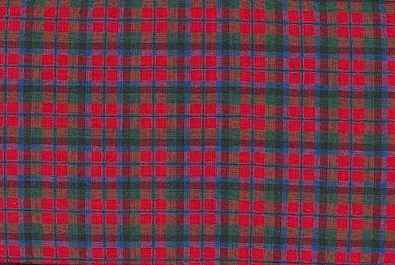 Modern Tartan
Modern Tartan[
More History of the Clan]







